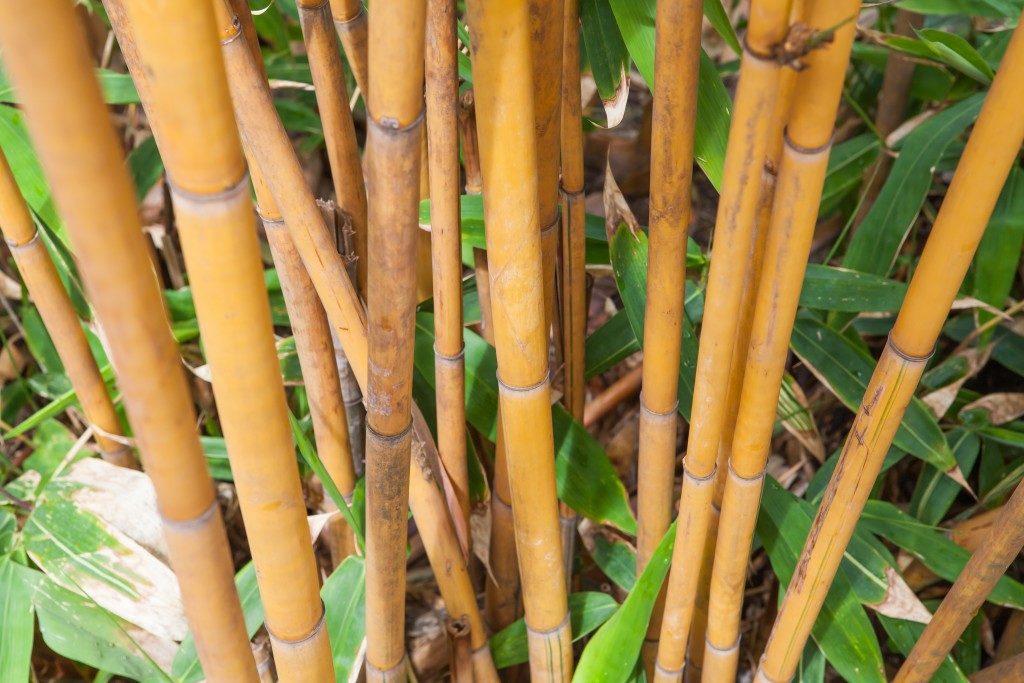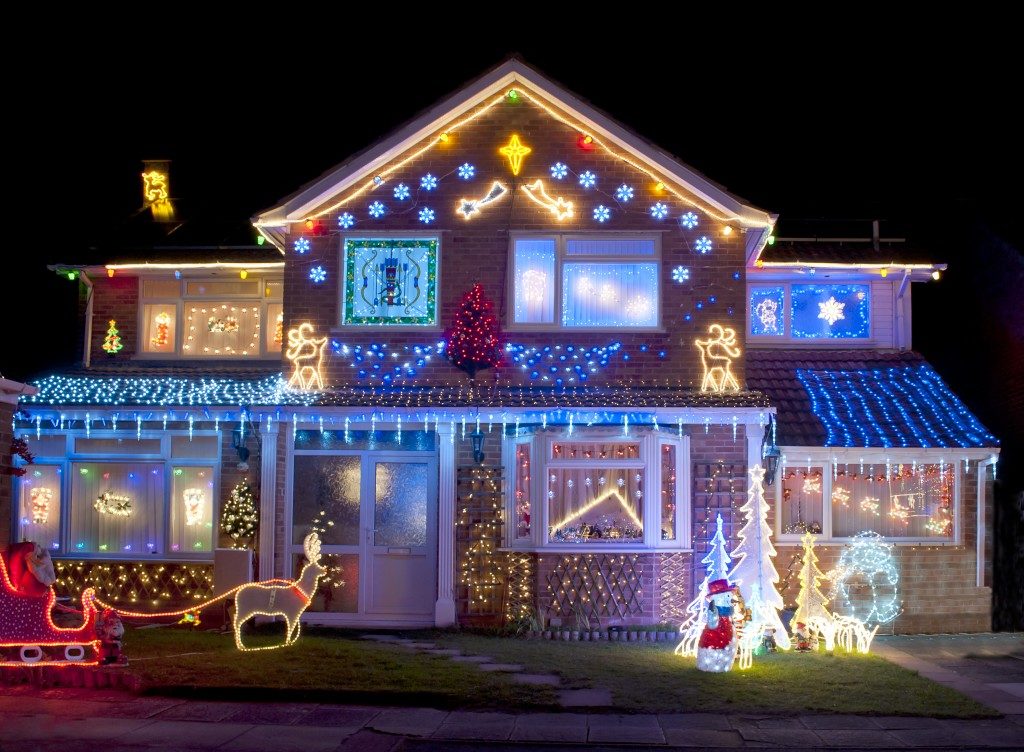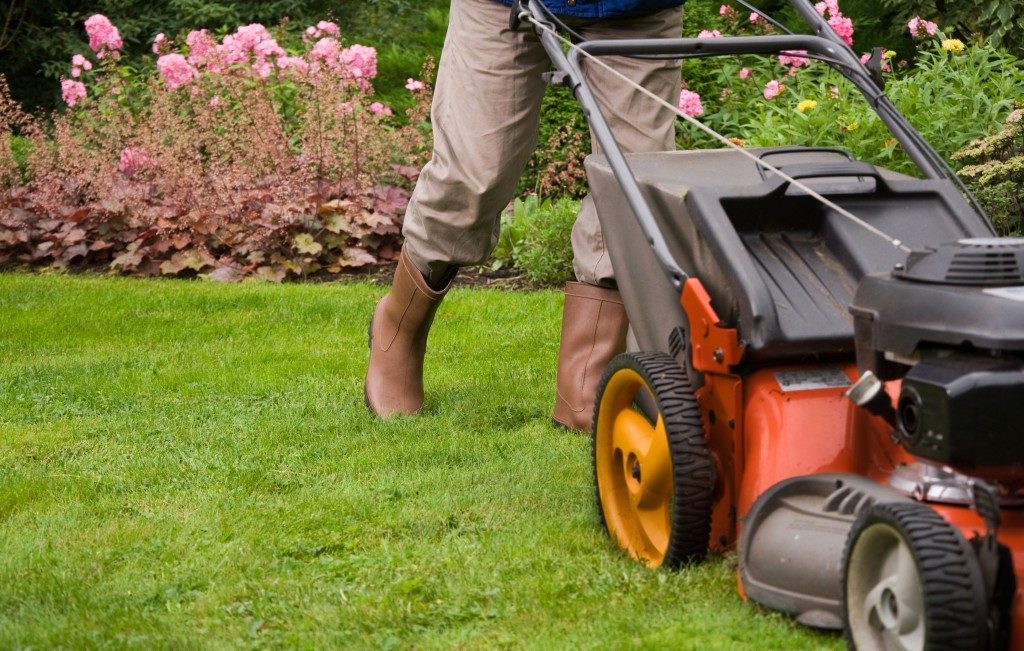In the global effort to fight climate change, sustainable materials are essential components. While scientists are busy inventing new sustainable materials and testing practices in an effort to reduce carbon footprint, several are turning to the humble bamboo — a traditional building material that dates to ancient times.
Sustainable
A bamboo’s wood-like bark might make it seem like a tree — but it’s actually a type of grass. Bamboo is extremely sustainable, requiring very little space, water, or fertilizer. These traits allow bamboo to be planted fairly close to each other (around 3-5 feet per tree) — allowing more bamboo to be planted in a specific patch of land. An acre of land can hold 4 times more bamboos than trees and the oxygen production on that acre of land rises by 35 percent when bamboos are planted (in place of trees). Bamboos require a mere 3-5 years before they can be harvested — requiring very little water or fertilizer during that period. Because bamboo is a type of grass, it is extremely hardy and almost no insect can penetrate its thick bark. They need no replanting, and will usually grow back on their own if harvested properly without damage to the roots.
Durable
Bamboo is a traditional building material in most parts of Asia — with more than 1 billion people currently living in bamboo houses. These bamboo houses are not in any way inferior to western houses — as they are often built to withstand fierce storms and strong winds. Bamboos that bend might be a popular adage — but pound-for-pound bamboos have higher tensile strength than steel. Bamboo houses are not only durable, they are also virtually fireproof. Bamboo can withstand 4,000 °F without burning — making them impervious to most fires. China and India are two of the largest users of bamboo in construction. India uses bamboo in reinforcing their roads while China has used bamboo in constructing bridges capable of supporting 16-ton trucks. The UNESCO stated that 70 acres of bamboo can provide enough material to build 1,000 homes.
Versatile

Bamboo has many surprising uses. Bamboo fabrics are renowned for their anti-bacterial properties as well as their soft and supple texture. Bamboo sheets are often indistinguishable from expensive Egyptian cotton — with more discerning critics preferring bamboo over the latter. Bamboo fabric is also breathable and hypoallergenic, making them popular materials for clothing. Bamboo is also being used in several baby products, including baby wipes, napkins, and diapers. Bamboo diapers are the reusable type, reducing your share of the 20 billion diapers sent to landfills every year. Countries like China, India, Myanmar, and Indonesia have started using bamboo paper because they are more sustainable and less expensive. Bamboo casings for electronics are popular in some circles — encompassing almost everything from iPhone cases to every component of a computer. Bamboo has been used in everything from beer to car chassis and any creative mind can find multiple uses for bamboo in crafting and other projects.
Bamboo requires very little resources to grow — while producing 35 percent more oxygen than trees. Bamboo is not only sustainable — its wide range of uses makes it extremely versatile.



